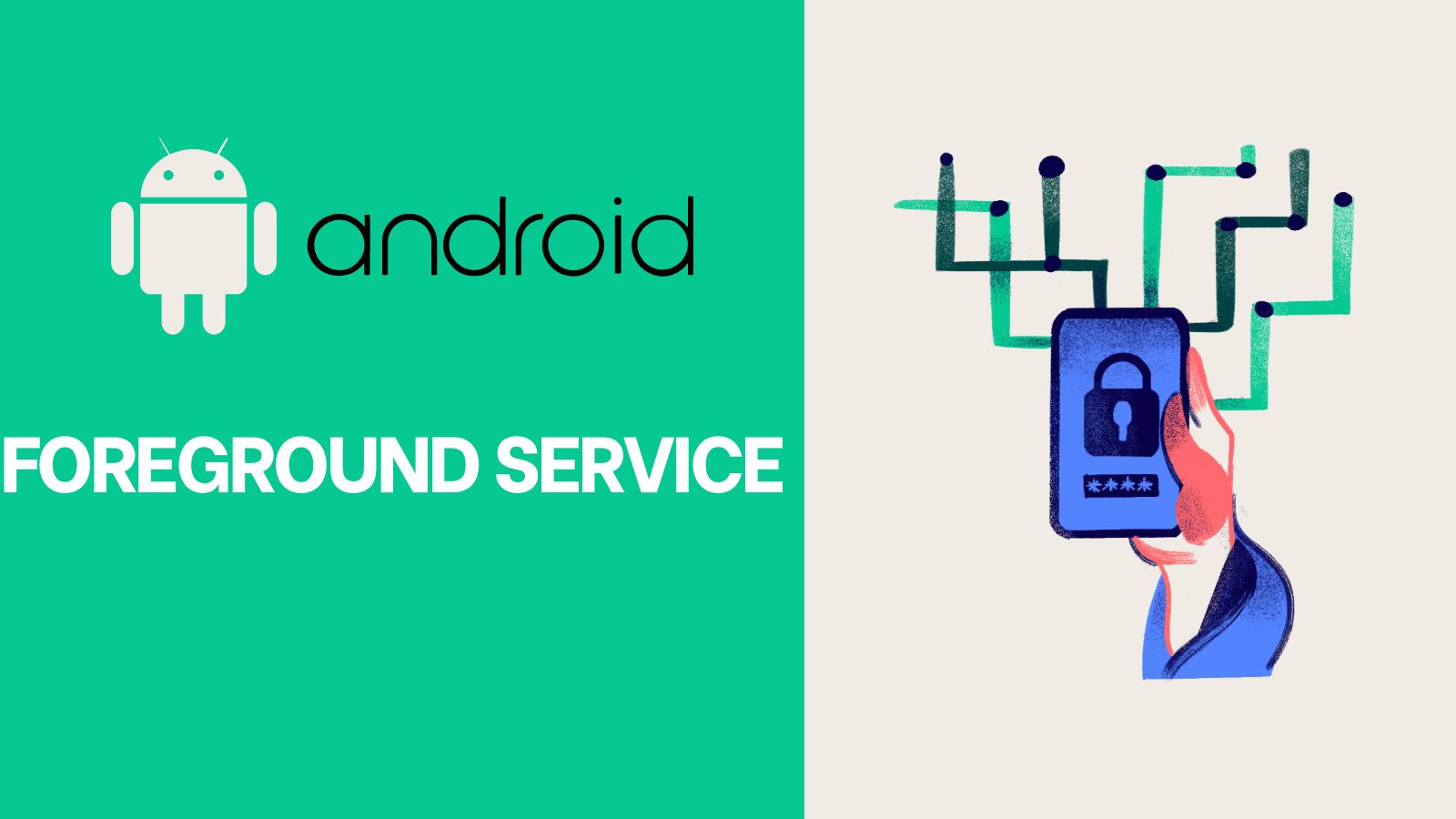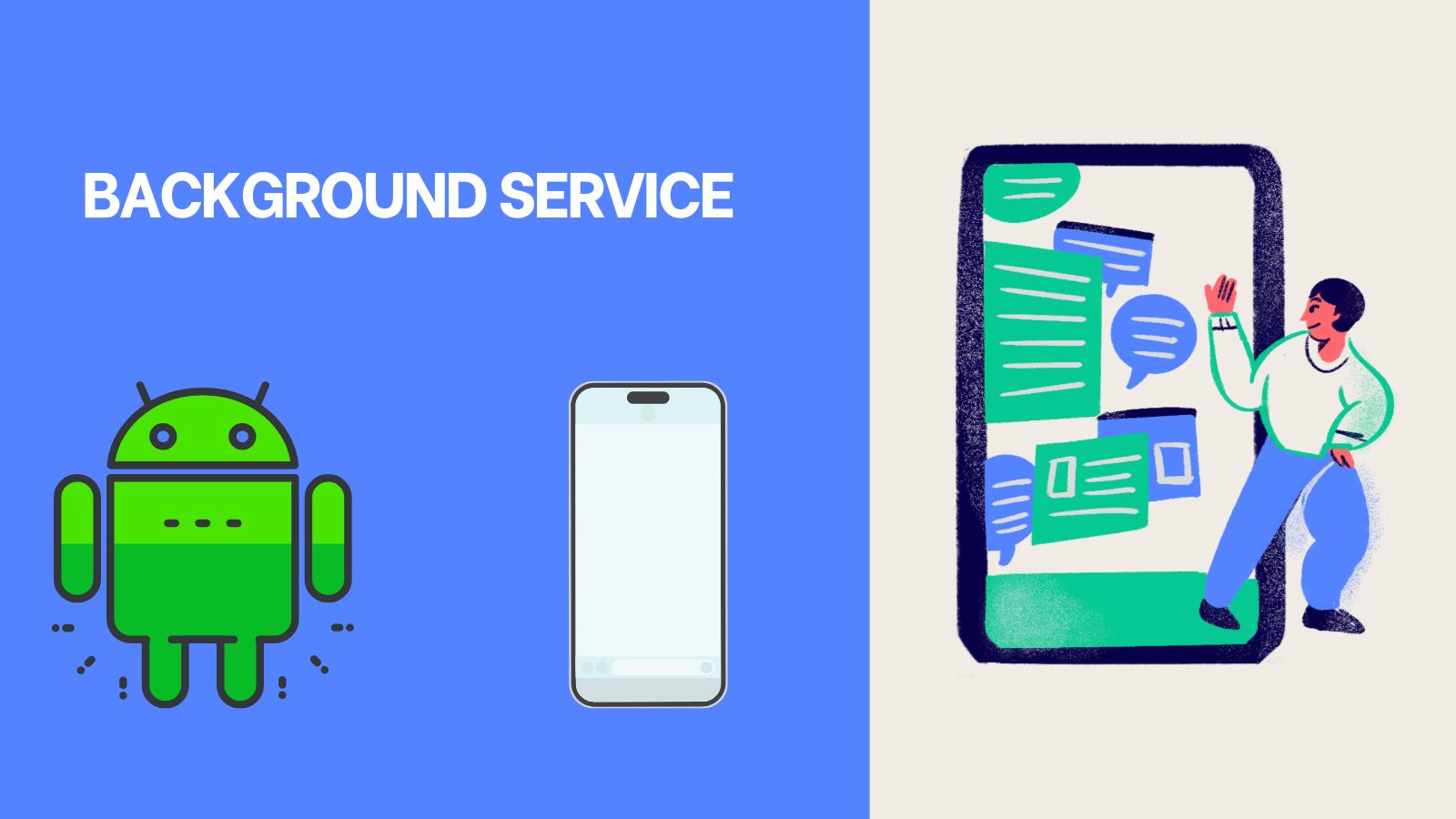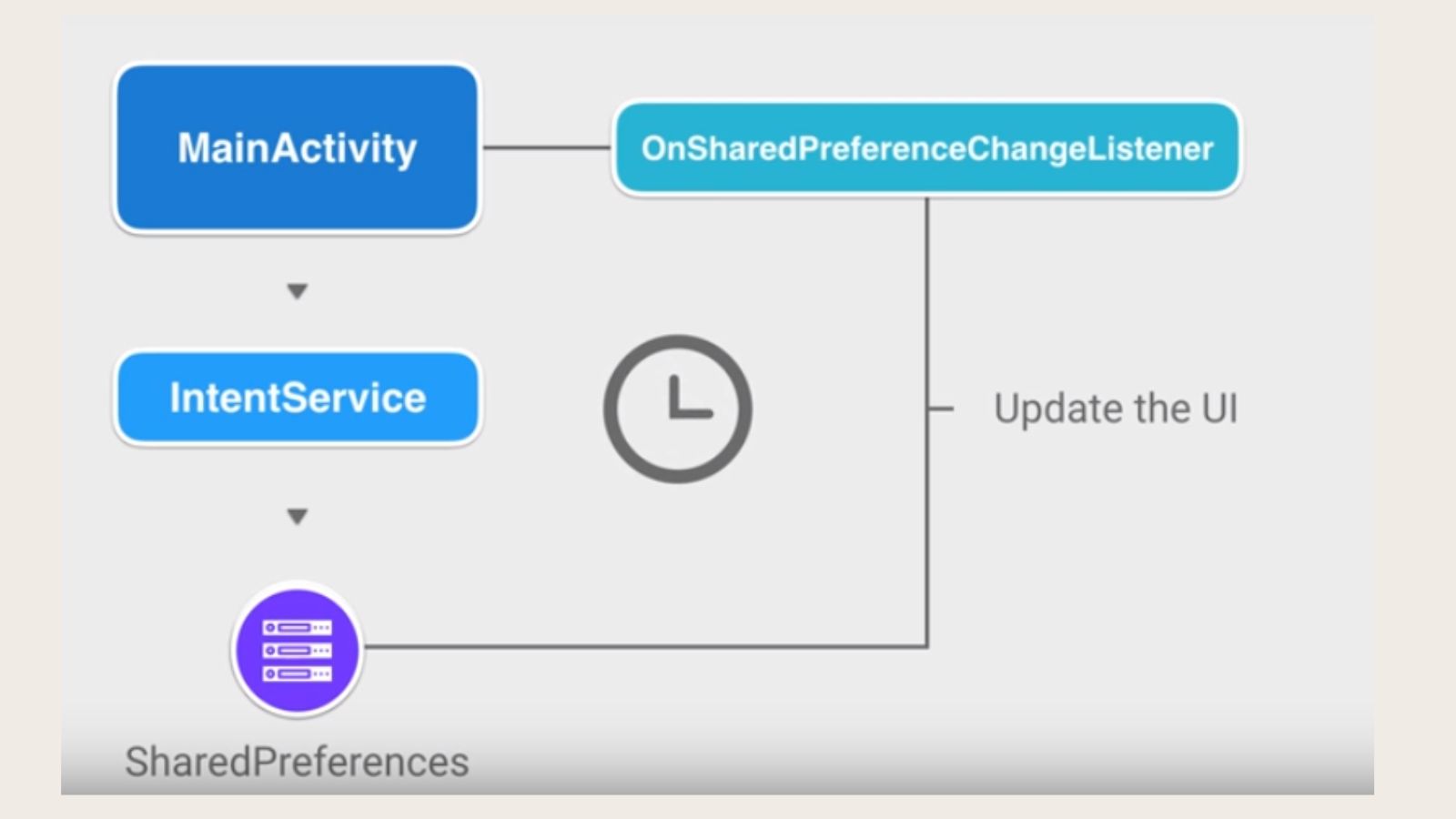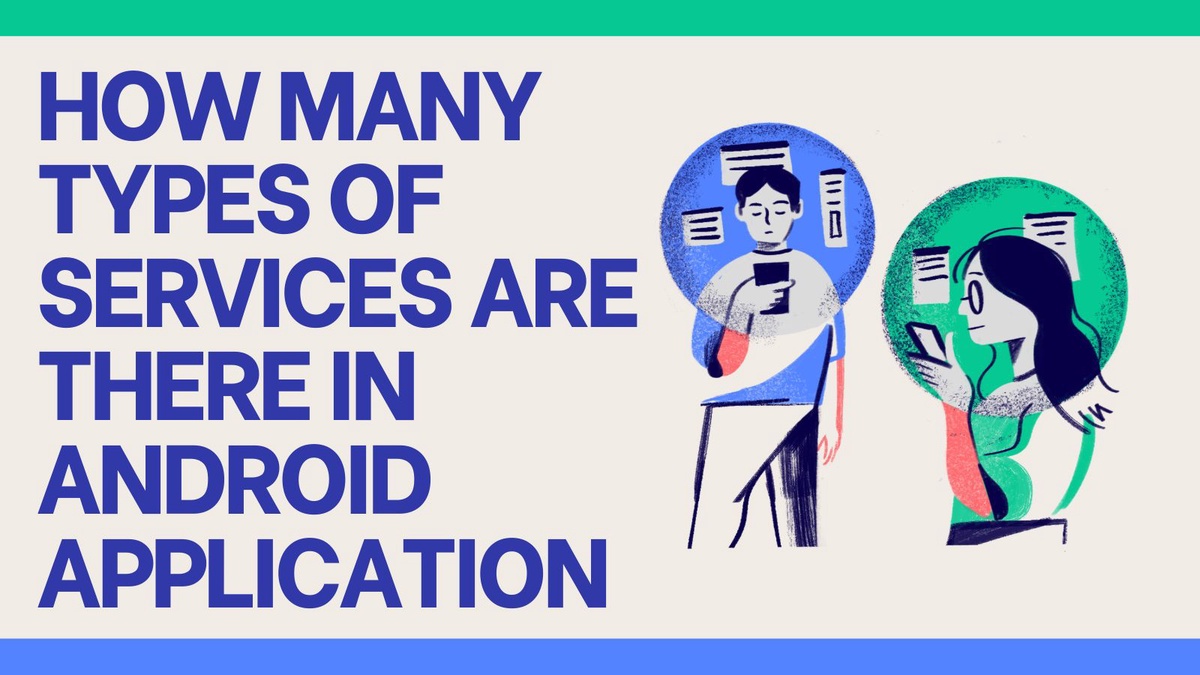In Android application development, there are primarily four types of services. These service types allow developers to perform various tasks in the background, handle long-running operations, and facilitate communication between different components of an Android application.
Android apps offer a wide range of services to meet various requirements. Foreground services draw attention by carrying out conspicuous activities with continuous alerts, much like the life of a party.
Conversely, background services work silently and out of the user's sight to complete tasks. Bound services facilitate smooth data sharing and communication across components by acting as social connectors.
The task jugglers that effectively manage background threads for lengthy activities are intent services. Each kind has a distinct function within the Android app ecosystem and provides developers with an array of tools to enable them to realize their digital visions.
Understanding and harnessing these services allows developers to craft apps that not only meet user needs but do so with efficiency and flair in the ever-evolving world of Android Application Development Services.
These services serve different purposes and are used based on the requirements of the Android application being developed.

Foreground Service:
A Foreground Service in Android applications is like the VIP of the app world. It's the star of the show, handling tasks that need to grab the user's attention. Whether it's playing music, tracking location, or any other operation that demands notice, Foreground Service is the go-to choice.
To ensure users are aware of its presence, it requires an ongoing notification. It's essentially the party animal of services, making its impact known and demanding the spotlight in the user's experience.
Pros and Cons of Foreground Services in Android Applications
Pros:
-
User Awareness: Foreground services are excellent for tasks that need to be noticed by users. Whether it's playing music, navigating, or any other vital operation, the ongoing notification keeps users informed about the app's current activity.
-
Priority Handling: Foreground services have a high priority, ensuring that the Android system is less likely to terminate them, making them reliable for critical operations.
-
Foreground Experience: These services enhance the overall user experience by making the app's presence known and keeping it in the foreground of the user's attention.
Cons:
-
Notification Overhead: The requirement for an ongoing notification can be seen as intrusive by some users, potentially leading to a cluttered notification bar.
-
Resource Intensiveness: Continuous visibility comes at a cost. Foreground services, especially those handling resource-intensive tasks, may impact the device's battery life and performance.
-
User Disturbance: In some cases, the constant presence of a notification may disturb users who prefer a cleaner and less cluttered interface.

Background Service:
A Background Service in Android application development is like a silent guardian working behind the scenes. Unlike the flashy Foreground Service, it doesn't demand the user's attention with notifications.
Instead, it excels at handling tasks that don't require immediate interaction. Whether it's syncing data, checking for updates, or performing routine operations, the Background Service quietly gets the job done without disrupting the user experience.
It's the go-to choice when you need a reliable, low-profile worker keeping your app running smoothly without stealing the spotlight. Think of it as the backstage crew, making sure everything is in order for the main show without ever stepping into the limelight.
Pros and Cons of Background Services in Android Applications
Pros:
-
Unobtrusive Operation: Background services operate quietly without disrupting the user experience, making them suitable for tasks that don't require immediate user interaction or attention.
-
Resource Efficiency: These services are generally more resource-efficient compared to foreground services, as they don't demand constant visibility or ongoing notifications.
-
Task Automation: Ideal for automating tasks such as data syncing, periodic updates, or any operation that can run in the background without the need for user interaction.
Cons:
-
Limited User Awareness: Since background services operate discreetly, users may not be immediately aware of their presence or the tasks they are performing, potentially leading to a lack of transparency.
-
System Termination: Android may terminate background services in low-memory situations, which could impact the reliability of certain long-running processes.
-
Delayed Execution: Tasks in the background may experience delays, especially in scenarios where the system prioritizes resources for foreground activities, potentially affecting real-time performance.

Bound Service:
A Bound Service in Android application development is like the social butterfly of the app world. Unlike services that operate in isolation, the Bound Service thrives on connections. It allows different components, such as activities, to bind to it, fostering seamless communication and data sharing.
Think of it as the bridge that links various parts of your app, enabling them to work together harmoniously. By establishing connections, the Bound Service enhances collaboration, making it an ideal choice when your app needs a bit of teamwork.
It's the matchmaker that ensures your app's components form meaningful connections, creating a cohesive and efficient user experience.
Pros and Cons of Bound Services in Android Applications
Pros:
-
Component Interaction: Bound services enable different components within an Android application, such as activities, to bind and interact with them. This facilitates seamless communication and data sharing between components.
-
Efficient Collaboration: Components can share data and request actions from a bound service, promoting efficient collaboration within the app. This makes it easier to manage and organize complex functionalities.
-
Dynamic Connection: The connection between a bound service and a component is dynamic, allowing components to bind and unbind as needed. This flexibility ensures resources are utilized efficiently based on the app's requirements.
Cons:
-
Complex Implementation: Implementing bound services can be more complex compared to other service types, requiring careful consideration of the lifecycle and connection management. This complexity may pose challenges for less experienced developers.
-
Potential Leaks: Improperly managing the service binding and unbinding process can lead to memory leaks. Developers need to be vigilant in handling these connections to avoid unintended consequences.
-
Limited Lifecycle Independence: Bound services are closely tied to the lifecycle of the components that bind to them. If the binding component is destroyed, it can impact the service, potentially leading to unexpected behavior or data loss.

IntentService:
An IntentService in Android application development is like the ultimate task juggler. Imagine having an assistant that effortlessly manages multiple tasks without breaking a sweat – that's the IntentService. It specializes in handling background operations in a sequential manner.
Each incoming task, represented by an Intent, is processed one at a time in a separate worker thread, ensuring efficient and orderly execution. This makes IntentService a go-to choice for developers looking to perform long-running operations without worrying about threading intricacies.
It quietly works in the background, ensuring your app remains responsive and performs tasks methodically, like a reliable digital assistant keeping things in order behind the scenes.
Pros and Cons of IntentService in Android Applications
Pros:
-
Simplified Background Processing: IntentService simplifies background processing by handling each intent in a separate worker thread. This makes it easy for developers to perform asynchronous tasks without the need to manage threads explicitly.
-
Queue-based Execution: Intents are processed sequentially in a queue, ensuring a smooth and orderly execution of tasks. This is particularly beneficial for scenarios where tasks need to be processed in a specific order.
-
Automatic Shutdown: Once all the intents are processed, IntentService automatically shuts down, minimizing the impact on system resources. This helps in efficient resource management, especially for sporadic background tasks.
Cons:
-
Single-Thread Limitation: IntentService operates on a single worker thread, which might be limiting for certain use cases that require parallel execution of tasks. For computationally intensive tasks, other approaches might be more suitable.
-
Limited Control: Developers have limited control over the lifecycle of IntentService, which may not be ideal for scenarios where fine-grained control over the service's lifecycle is necessary.
-
Foreground Operation Challenges: While IntentService is designed for background processing, it might not be the best choice for tasks that require foreground operation or continuous user interaction.


No comments yet